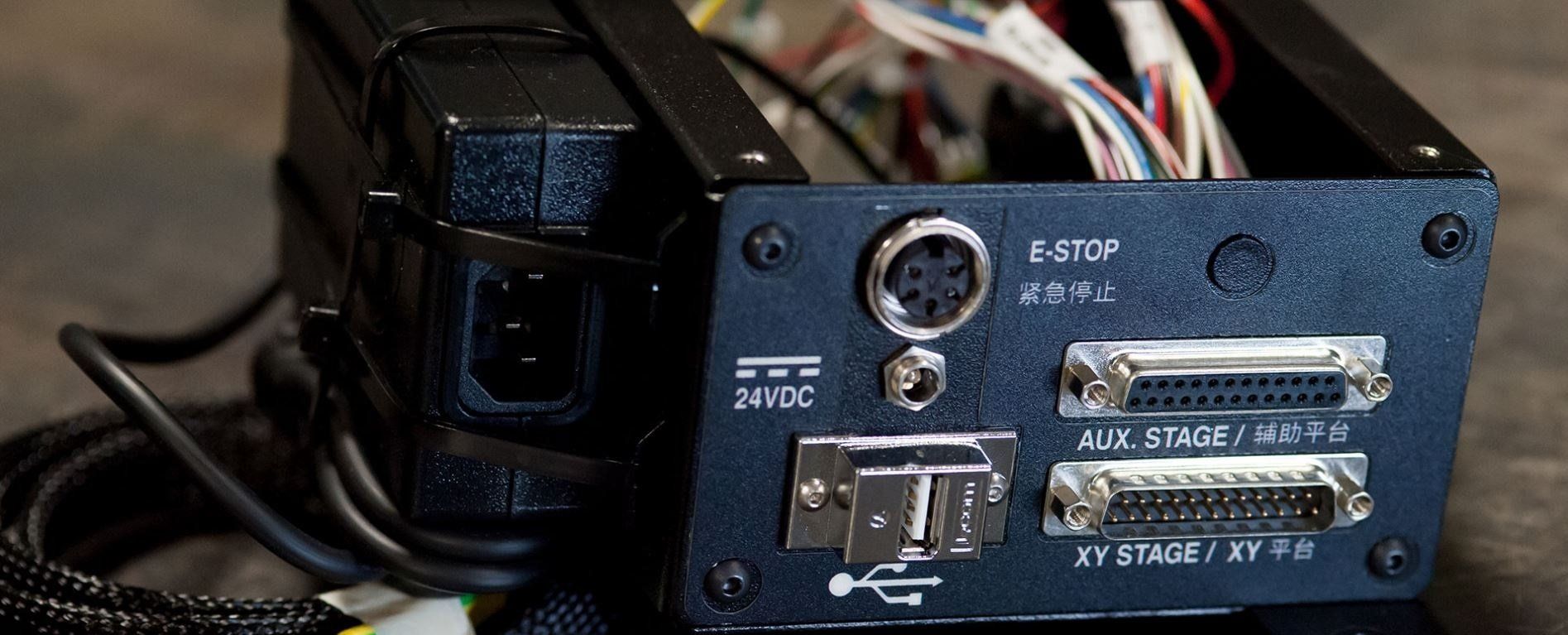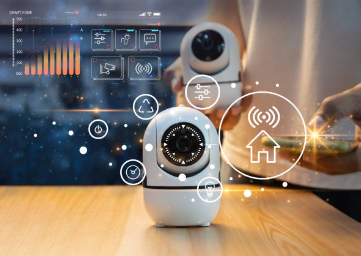
Slide title
Write your caption hereButton
Slide title
Write your caption hereButton
Slide title
Write your caption hereButton
Slide title
Write your caption hereButton
Slide title
Write your caption hereButton
All About Condenser Microphones
Condenser microphones are becoming the sensation now, due to their versatile and flexible nature. They have become more popular than dynamic microphones because of their sensitivity and fidelity. They provide a wider range of frequency but less input sensitivity.
What is a condenser microphone?
Condenser microphones are made with lightweight diaphragm suspended by fixed plate. Sound waves given as input causes pressure against the diaphragm which causes it to move. As they are thin, with improved sensitivity they pick up even delicate sounds. Hence giving superior sound quality.
Why condenser microphone?
Gifted with numerous popular, these mic babies are adopted almost everywhere.
Greater dynamic range- They can be used to deliver sounds from noise floor whispers to loud gun shots easily.
Better frequency response- Because of their nature they can easily emphasize higher frequencies which improves the sound quality like anything.
Better noise floor- They can be helpful to pick up noise below 60dB as they have a lower level of self-noise.
Great to record ambiences- Because of their low noise floor, high sensitivity and a versatile frequency range they are the apt choice to record ambiences.
How does a condenser microphone work?
Condenser microphone uses two charged metal plates i.e, diaphragm and back plate and act like a capacitor. When the soundwaves hit the diaphragm, they vibrate on the space between the two plates and hence impacting the voltage. A corresponding electrical signal is produced when the space reduces and diaphragm moves and hence the output.
We provide high quality condenser microphone parts accustoming the industrial needs. Our products are as per the industry specification at the same time with affordable price.



